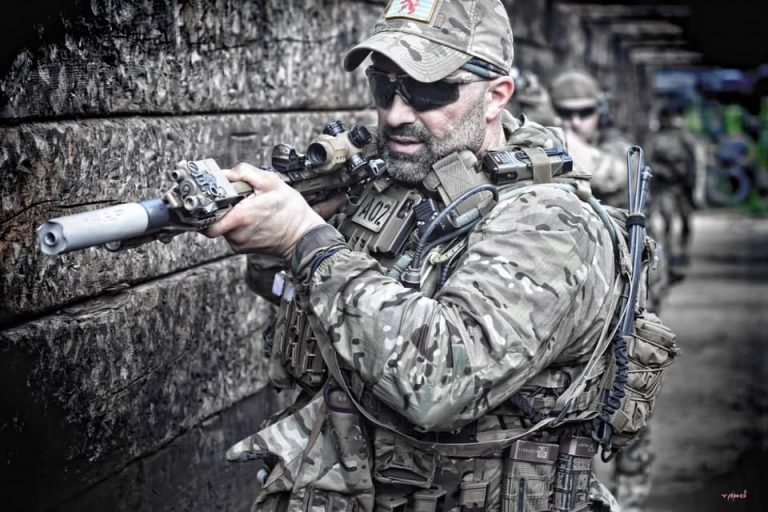
Being proficient in Close Quarters Combat (CQB) is essential for any tactical professional. It’s crucial to possess a strong comprehension of the most effective methods for dealing with potential dangers when operating in confined areas with restricted visibility. Working on doors during CQB can be one of the most challenging aspects, as mistakes in this area can lead to serious consequences. The main procedures for working on doors in CQB scenarios will be discussed in this article.
Conduct a Thorough Assessment
To have a clear understanding of what you’re dealing with, you need to approach a door. Assess the situation and gather as much information as possible by taking a moment. Search for any indications of peril, like shattered glass, uncommon noises, or dubious conduct. To determine your approach, try to catch a glimpse of what lies beyond the door, if possible.
Communicate Effectively
Working on doors is no exception, and communication is crucial in any tactical situation. Before approaching the door, ensure that you and your team members are on the same page. Throughout the operation, stay in contact by using hand signals or radios and establishing clear communication protocols. Ensure that all individuals are aware of their respective roles and responsibilities.
Use the Right Equipment
Successful door procedures depend on having the appropriate equipment. It’s important to have a dependable breaching tool and any other necessary gear, such as flashlights and mirrors, readily available for any situation. Ensure that your equipment is in good working condition and that you are proficient in its effective usage.
Choose the Right Entry Technique
When working on doors in CQB scenarios, there exist various entry techniques that can be utilized. The situation’s specifics will determine the optimal technique. Including but not limited to, there are some common techniques:
Execute the Plan with Precision
It’s time to execute the plan once you have evaluated the situation, established communication protocols, selected the appropriate equipment, and determined the entry technique. Taking your time can help prevent mistakes, so move quickly and purposefully without rushing. Always be aware of your surroundings and adhere to your team’s communication protocols. Be prepared to make adjustments to your plan if you come across any unforeseen challenges.
Conclusion
You can increase your chances of success in working on doors in CQB scenarios by using the right procedures and techniques, although it is a challenging task. Always remember to assess the situation, communicate effectively, use the appropriate equipment, select the correct entry technique, and execute the plan with precision. By keeping these key procedures in mind, you will be on your way to becoming proficient in the art of CQB.